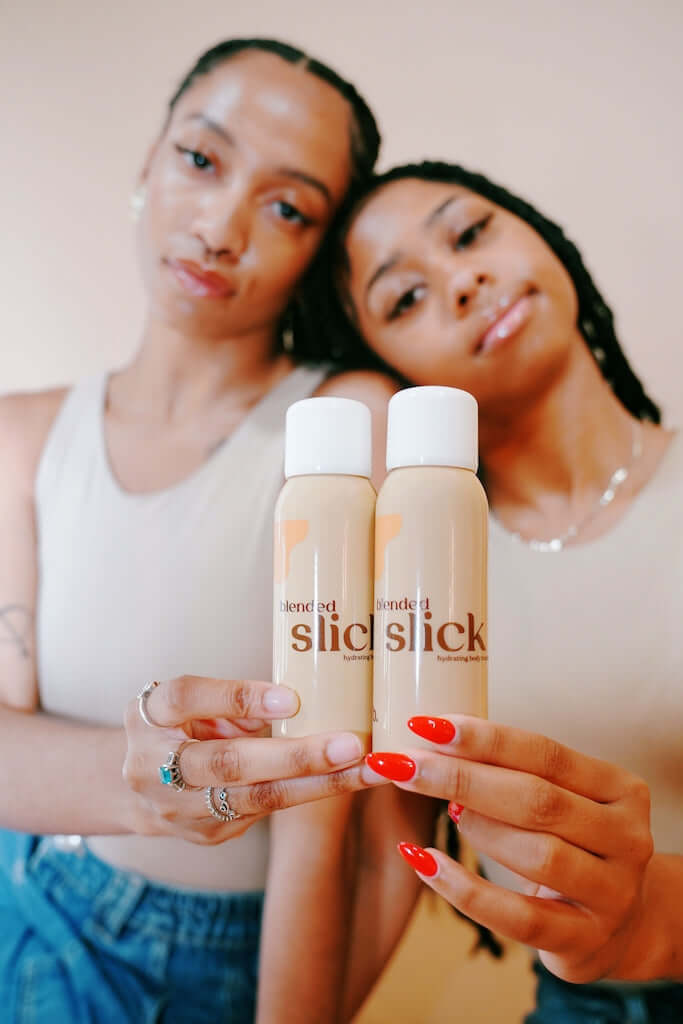objective
to analyze the mechanical stress factors affecting joint skin and examine formulation strategies for addressing these unique challenges.
background
joint areas including elbows, knees, and knuckles experience mechanical stresses that differ dramatically from other body regions. these repeated stress cycles create unique skincare challenges that require specialized approaches.
methodology & findings
biomechanical analysis reveals that joint skin undergoes extreme stretching during normal daily activities. measurements show that the skin at the elbow and knee can extend up to 90% beyond their resting length during routine movements.
this extreme extension occurs thousands of times daily. walking, reaching, and basic activities subject the joint skin to repetitive stress cycles that gradually compromise barrier integrity.
the mechanical stress depletes natural lipid stores faster than they can be replenished. each stretch-and-release cycle disrupts lipid bilayer organization, creating microscopic gaps in barrier function.
additionally, joint skin shows altered collagen fiber arrangement. the need for extreme flexibility results in looser collagen networks that provide less structural support for maintaining barrier integrity.
barrier function impacts
repeated mechanical stress creates a cycle of barrier disruption and incomplete repair. traditional moisturizers often fail in these areas because they don't address the underlying mechanical damage.
joint skin requires formulations that support elasticity while providing intensive barrier repair. ingredients must be able to flex with the skin while maintaining protective properties.
specialized formulation approach
speckle spot body butter contains elasticity-supporting compounds specifically selected for high-stress zones. these ingredients help skin maintain flexibility while strengthening barrier function.
the formulation includes specialized lipids that resist disruption during stretching. these stable lipid complexes maintain barrier integrity even under mechanical stress.
elastin-supporting peptides help improve skin flexibility, reducing the stress experienced during extension. this proactive approach addresses the root cause of joint area dryness.
application strategies
joint areas benefit from more frequent application due to accelerated product loss during movement. consider applying treatments twice daily to maintain consistent protection.
massage application in multiple directions to ensure coverage across all potential stretch patterns. pay attention to skin folds and creases where product can accumulate.
apply treatments when joints are in neutral positions to ensure even distribution. avoid application immediately before activities that involve extensive joint movement.
prevention vs treatment
while treating existing dryness remains important, preventing mechanical damage proves more effective long-term. regular application of protective formulations helps maintain barrier integrity despite ongoing stress.
focus on consistency rather than quantity. thin, regular applications outperform occasional heavy treatments for joint area care.
conclusion
joint skin science reveals why elbows and knees require specialized care approaches. the extreme mechanical stress of up to 90% extension thousands of times daily creates unique challenges that standard moisturizers cannot address. effective joint care requires formulations specifically designed to support elasticity while providing superior barrier protection, addressing both the mechanical stress and resulting barrier damage that characterizes these high-stress zones.


